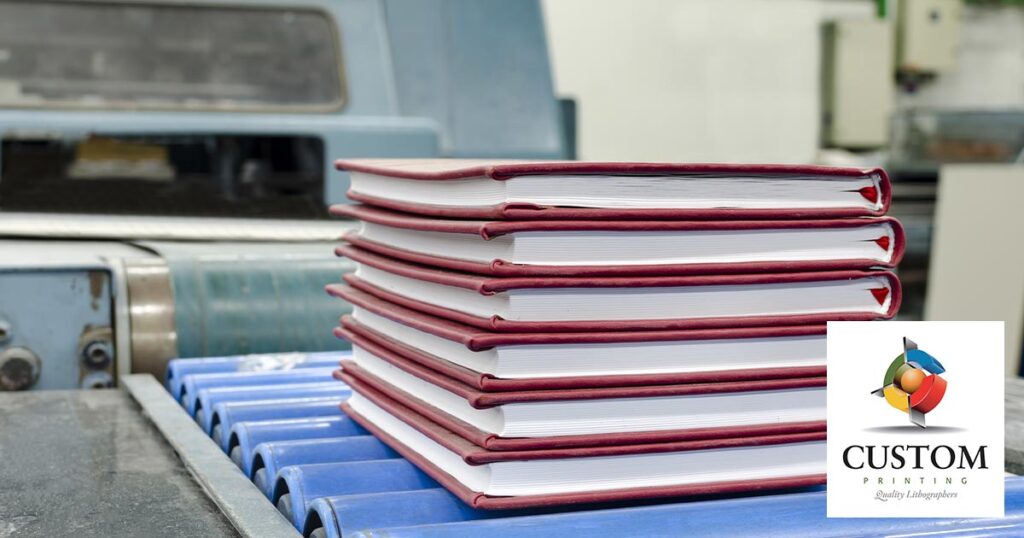If you’re wondering what a perfect-bound book is, you’re not alone, even though you’ve probably seen hundreds of perfect-bound books. The overwhelming majority of softcover books being sold today are perfect-bound, making them the most popular kind of paperback binding method. But what is it, and is it right for your book?
Why is it Called Perfect Binding?
The term is a reference to the actual method: previous methods such as sewn and saddle stitch can create slight irregularities that are fixed in the final stages of production. By contrast, perfect binding uses a standard paper size, after which glue is applied to the spine, and the other three sides of the glued book are cut down evenly to size. The one-piece cover that wraps around the book is also glued to the spine.
What are the Benefits to Perfect Binding?
Perfect binding has advantages over virtually every other kind when it comes to the mass-production of books that are larger than magazines. Other kinds have their advantages in certain niches, however. Perfect binding is low-cost, consistent, and produces a high-quality result that, combined with a decent quality of paper, will produce a product that will last for years to come.

How Many Pages do you Need for Perfect Binding?
In general, publications that are less than 32 pages should not be bound this way. For such works, staple or coil binding would be far superior to use. For a normal size of 100-300 pages, this binding works wonderfully.
Do Covers Count as Pages with Perfect Binding?
Although covers are glued with the rest of the piece during the process, this variety of cover is actually a large page that covers the rest of the book.
What are the Limitations of Perfect Binding?
As mentioned earlier, publications that are less than 32 pages should not be bound this way. Books that have been designed for heavy-duty use, such as a hardcover book, don’t work as well with this binding alone; these hardcovers usually use a combination of perfect and traditional saddle-stitch to ensure that the pages remain kept together. Because each page is printed individually in a perfect-bound example, illustrations that spill over pages must be cut in half.

Perfect Binding: Is it Right For Your Book?
Due to the cost-effectiveness of this binding, people often ask whether it’s right for business presentations and other items that don’t fit into the traditional category of “books”. At Custom Printing Inc, we say: why not? After all, if we want our presentations to look the best, and the size categories fit, why doesn’t it deserve to be a book, even if only for a small audience? Other questions authors often ask is whether they should first make a hardcover edition. It’s worth noting that there are virtually no hardcover texts today that don’t see softcover editions, and those softcovers are perfect-bound.
If you’re still undecided about whether perfect binding is right for your book, contact us so that we can help you explore your publishing options!


